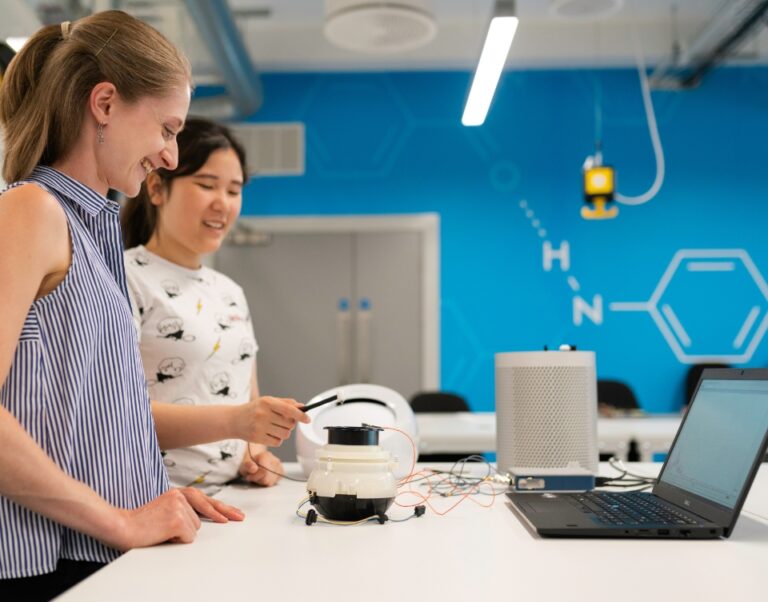
TREATMENT RESEARCH
Whilst many people who get myocarditis do go on to make a full recovery, fast and accurate diagnosis helps patients to get the care they need when they need it. Myocarditis UK, through research, is improving early diagnostic statistics and making significant steps towards a cure.
As part of our commitment to research, the charity has funded access to over 20 years of NHS data, along with the analysis of that data, so that we can form a comprehensive picture of how myocarditis has historically been identified and treated. This data also allows us to begin a more focused approach in the understanding, diagnosis and treatment of myocarditis with regards to a range factors like age, gender, location, cultural backgrounds – to name a few – enabling us to ensure that our research comprehensive and thorough.

IDENTIFYING GENETIC MARKERS
Significant progress has been made in identifying blood proteins, like Troponin, along with great strides in identifying specific genetic markers that may make a person more susceptible to myocarditis and helping us to understand why.
The first steps have been taken into examining these genetic markers on a closer level and in specific combinations so that we can begin to see which combinations are more dangerous and vulnerable than others and how to treat them.

TESTING GENETIC MARKERS
A recent study, supported by Myocarditis UK, has shown that patients with certain genes may be at an increased risk of developing acute myocarditis. Further research in this field is urgently needed to understand how these genes may make patients and their relatives more vulnerable. Using stem cell technology to develop living, beating heart cells called ‘Engineered Heart Tissue’.

DRUG COMBINATIONS
We are very honoured to have one of our researchers, Rameen Shakur, working in Prof Robert Langer’s lab at MIT, Boston. This is the most prestigious bioengineering lab in the world. Rameen has been looking at cell models to understand signals within the cell using human ‘engineered’ cells where he has constructed a scaffold system to bring the many different types of cells seen in the heart in an artificial organ or ‘organoid’. Using this construct has allowed him to explore potential effective targets to therapy and test possible treatment candidates. This data is currently being analysed and we hope to take one of the potential treatments identified to clinical trial in the near future.


